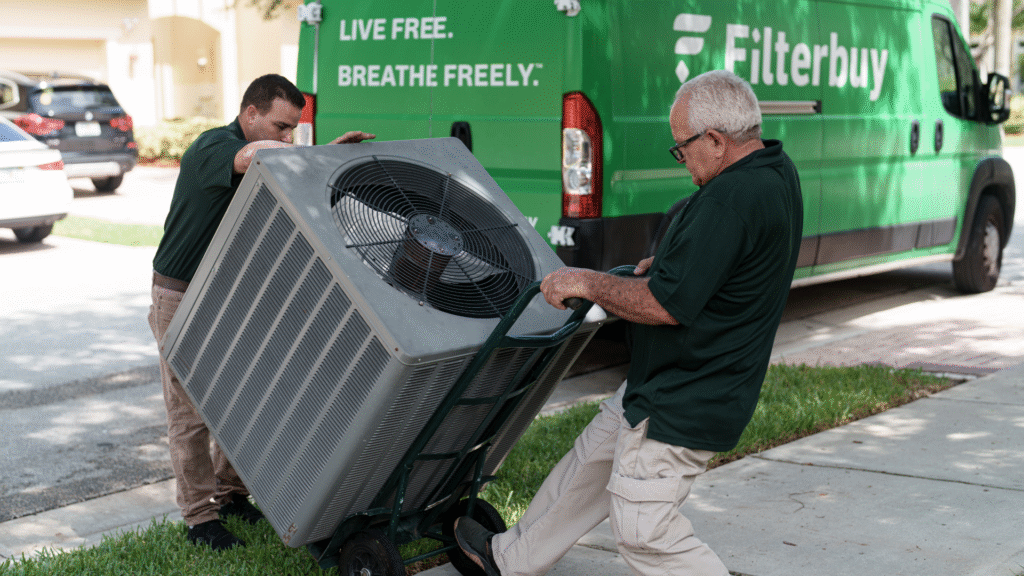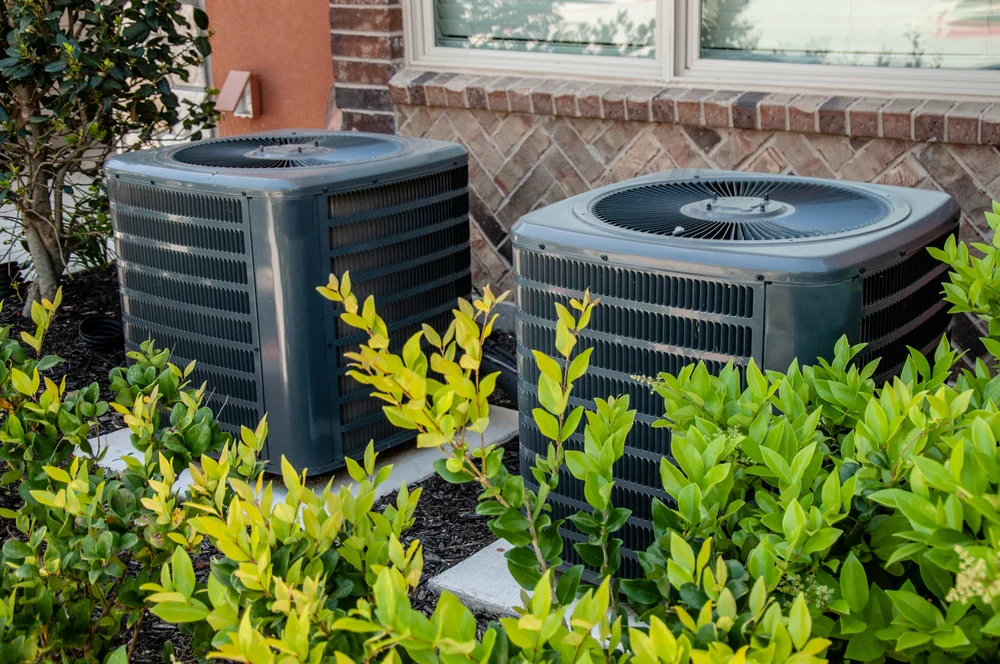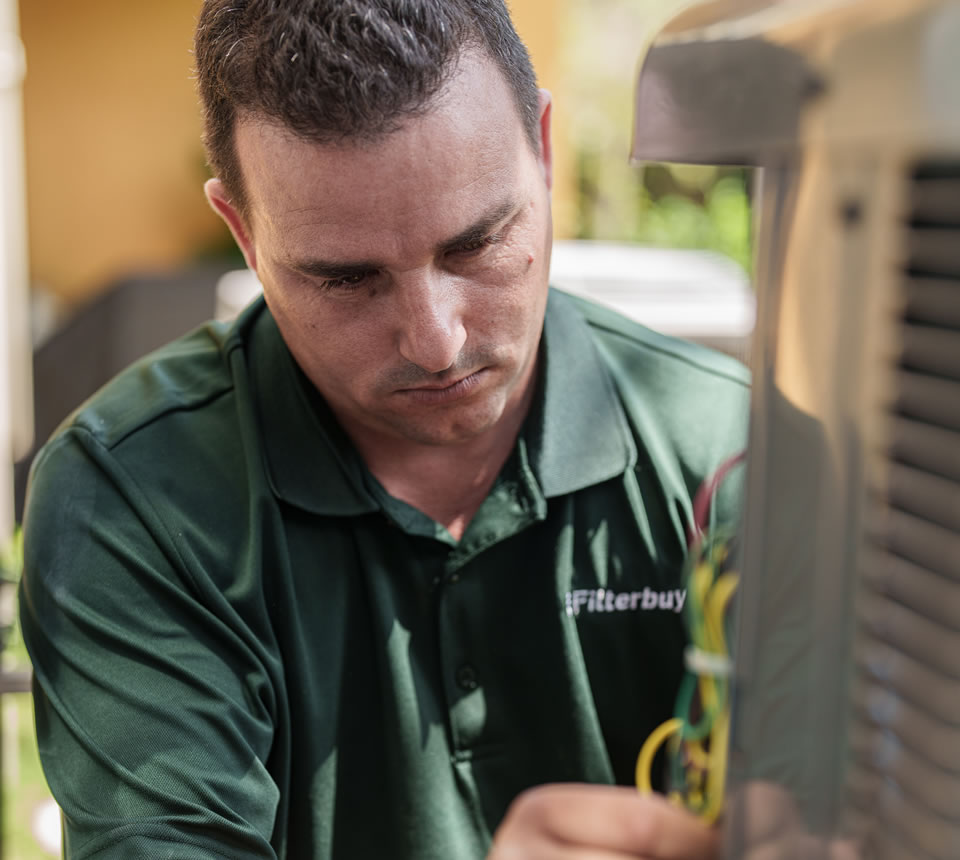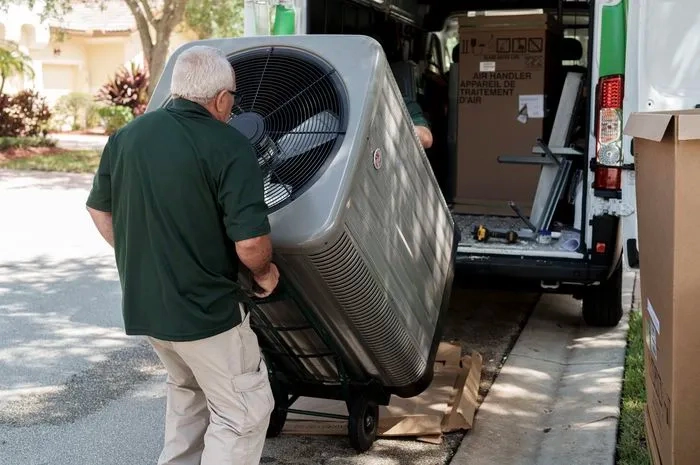Not every heating issue calls for a service visit. But when something feels off, knowing when to call a pro matters just as much as trying to fix it yourself.
If the thermostat isn’t working, airflow feels weak, or you hear strange noises from the unit, it’s a good sign your system needs attention.
But don’t worry because routine preventive maintenance, such as simple tasks like filter cleaning and seasonal assessments actually prevents sudden system failures.
Key Takeaways
- Often, lack of regular upkeep and overlooked common issues cause emergency heating system repairs.
- Notably, unusual continuous noises, increased energy bills, frequent cycling, absence of heat, or apparent damage call for urgent repairs.
- Costs for repairs include labor charges, parts, and permits, with occasional service call fees; labor typically makes up for the most significant expense.
- Trustworthy repair companies offer detailed, upfront estimates, and assist homeowners in understanding the price breakdown.
- Recording any troubleshooting steps undertaken before repair aids professionals in diagnosing and resolving the issue efficiently.
Identifying Common Heating System Issues
Whenever chilly nights come, homeowners usually encounter heating system issues. For those unfamiliar, it usually starts with thermostat malfunctions or reduced energy efficiency.
In case you didn’t know, thermostats that don’t work often lead to temperature fluctuations. This leads to rooms becoming excessively hot or chilly. This usually comes from inaccurate readings or failure to regulate the temperature. That’s why having an expert do the work for you helps you avoid such issues. Another problem is airflow inconsistency, which often arises from blocked vents or the use of dirty filters that might necessitate replacement.
Odd noises from your heating system generally mean mechanical hitches. These might be little problems, like loose screws. Or could be more complex ones, such as defective blowers. So, if your heating system happens to exert more effort but your house remains cold, this possibly indicates decreasing energy efficiency.
We believe that noticing these typical issues helps homeowners in deciding when to call for professional assistance. This also guarantees the smooth operation of their heating systems during cold periods.
Why Maintenance Helps Your Heater Last Longer
Frequent upkeep helps prevent problems before they start. In fact, it lowers the risk of unexpected breakdowns, especially when you need heat the most.
That means changing or cleaning filters, checking for leaks, making sure the airflow is strong, and keeping an eye out for worn parts.
Seasonal checkups matter too. As you get your place ready for winter, your heating system needs a tune-up. As it keeps things running smoothly when demand is high.
Basic Troubleshooting for HVAC Newbies
Starting with basic troubleshooting can help you understand your system better. One thing you can do is examine thermostat settings. Sometimes, heating inefficiencies are the result of incorrect thermostat settings. Confirm that ‘heat’ is the selected setting and that the desired temperature exceeds the current room temperature.
Check if the circuit breaker is on. If it’s not, perform a reset. However, if the breaker keeps tripping, avoid forcing it back.
Lastly, look at your system’s filters. Clogged filters are among the culprits of obstructed airflow, thus reducing heating efficiency. Changing this part of your unit helps.
Learning About Repair Costs and Estimates With Filterbuy HVAC Solutions
It’s not that easy to estimate the expense of repairing your heating system. But, understanding the cost components assists you in managing this situation better. For example, prices for such repairs vary greatly, in fact it can depend on the particular issue and your chosen service provider. Generally, labor, parts, and necessary permits shape the total cost.
That’s why, having a trustworthy repair services like one from Filterbuy HVAC Solutions offers an upfront estimate. Plus, labor constitutes already the largest chunk of the expense (with parts coming next in line). Lastly, note that some providers might also have a fixed charge for service calls, covering the technician’s time spent diagnosing the issue.
Frequently Asked Questions:
What is the biggest drawback of emergency heat?
The primary drawback of using emergency heat is high energy consumption. Emergency heat relies on electric resistance heating, which is less energy-efficient than standard heat pump operation. This results in significantly higher utility bills when used for extended periods.
How long can you run emergency heat in your house?
Emergency heat should only be used temporarily, such as during a heat pump failure or extreme cold snap. Running it continuously puts strain on the system and causes electric bills to spike due to its inefficient energy use.
What happens if emergency heat doesn’t work?
If emergency heat fails during cold weather, your home can quickly become uncomfortably cold and potentially unsafe. It’s essential to check for thermostat issues, system malfunctions, or power supply problems, and contact a certified HVAC technician immediately.
How expensive is it to run emergency heat?
Running emergency heat can be very costly. Costs vary based on system type, home size, and electricity rates, but in general, electric resistance heating is one of the most expensive ways to heat a home, especially during prolonged use.
Should I turn my heat pump to emergency heat in extreme cold?
They perform well in cold weather by transferring heat instead of generating it. Extreme cold may lower efficiency, but modern heat pumps use advanced technology to work effectively in these conditions.
What are the common heat-related issues in emergencies?
Sudden heat loss, equipment breakdowns, and lack of maintenance are common causes of heating emergencies. Dirty filters, worn components, or failed thermostats can all lead to unreliable heating performance when you need it most. Preventive maintenance helps reduce these risks.
Does emergency heat increase the electric bill?
Yes, emergency heat uses significantly more electricity than standard heat pump operation. Because it relies on electric resistance heating, prolonged use will greatly increase your electric bill, especially during sustained cold weather.
How to tell if the emergency heat is working?
Spotting signs of emergency heat problems allows for early detection. A sudden drop in heat output or a spike in electricity bills often signals a malfunction. Performing regular system checks, especially before winter, ensures reliable operation.
Is it cheaper to run a heat pump or emergency heat?
Heat pumps transfer warm air efficiently to maintain indoor comfort, but extreme cold can reduce their performance and activate emergency heat. This backup system provides extra warmth but uses more energy, leading to higher costs with extended use. For routine heating, relying on the heat pump remains more economical and eco-friendly.
Why is my emergency heat staying on?
If your emergency heat stays on constantly, it could be due to a malfunctioning thermostat, faulty sensors, or a damaged heat pump. This issue not only increases energy usage but may also indicate that the system needs professional servicing.
Which is more expensive auxiliary heat or emergency heat?
Both auxiliary and emergency heat use electric resistance heating, but emergency heat tends to be more expensive because it’s manually activated during a failure. Auxiliary heat automatically supports your system when needed but is meant for short-term boosts, not long-term heating.
What are the key advantages and disadvantages of heat pump technology?
Regular care keeps maintenance simple and extends their lifespan. These systems, however, perform poorly in extreme cold, relying more on supplemental heat. Installation costs can also be quite high.







